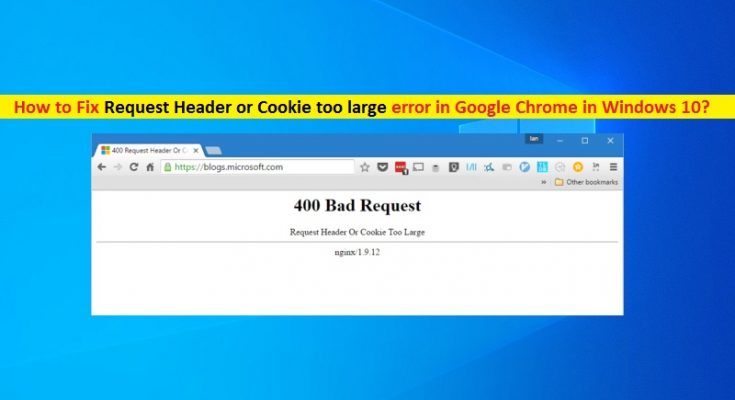What is ‘Request Header or Cookie too large error’ in Google Chrome in Windows 10?
If you are facing ‘Request Header or Cookie too large error’ in Chrome browser in your Windows 10 computer while trying to access or visit certain websites, then you are in right place for the solution. Here, you will be guided with easy steps/methods to resolve the issue. Let’s starts the discussion.
‘Request Header or Cookie too large’ error: It is common error usually appeared in your browser like Google Chrome when you try to access to visit certain websites. This error prevents you from accessing or visiting specific website in your browser. Before troubleshooting the error, you should make sure the error is occurred whether it is on your specific browser like Google Chrome or on all the different browsers installed in your computer. Let’s take a look at error message.
“400 Bad Request, Request Header or Cookie Too Large”
One possible reason behind this error is the issue with Nginx web server. Nginx web server issue occurs due to cookies stored in your browser or the website using that software doesn’t allow browser cookies over certain size. In such case, you can clear browser cookies and cache in order to resolve the issue.
Also, you should at first try to investigate the issue and check if the error is occurred only on specific browser and not on all different browser, in such case, you need to fix specific browser issue otherwise, you will need to apply same troubleshooting tricks on all different browser in order to resolve the issue. Let’s go for the solution.
How to fix Request Header or Cookie too large error in Windows 10?
Method 1: Fix ‘400 Bad Request, Request Header or Cookie Too Large’ error with ‘PC Repair Tool’
If problem is occurred due to some problems in your Windows computer, then you can try to fix the issue with ‘PC Repair Tool’. This software offers you to find and fix BSOD errors, EXE errors, problems with programs/applications, malware or viruses issues, system files or registry issues, and other system issues with just few clicks. You can get this tool through button/link below.
Method 2: Clear Browser cookies and cache in Windows 10
You can fix this error by clearing browser cookies and cache. Let’s try.
Clear cookies and cache on Chrome:
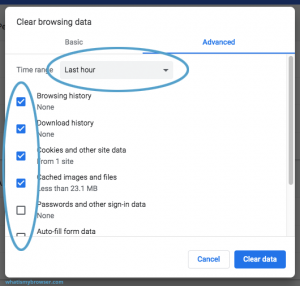
Step 1: Open ‘Google Chrome’ browser in Windows 10 computer and press ‘CTRL + SHIFT + DELETE’ keys on keyboard to open ‘Clear Browsing Data’ window
Step 2: In the ‘Clear Browsing Data’ tab window, select ‘All Time’ from ‘Time Range’ dropdown, select checkboxes relating to cookies and cache. You can also select all available checkboxes like browser history, and others in clear browser data and then hit ‘Clear Data’ button
Step 3: Click ‘Clear Data’ again to confirm and wait to finish the process. Once done, restart your browser and try accessing the website that was causing the error, and check if the error is resolved.
Clear cookies on Edge:
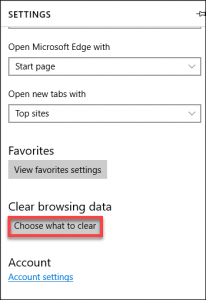
Step 1: Open ‘Microsoft Edge’ browser and click on ‘Three-Dots’ at top-right corner and select ‘Settings’
Step 2: In ‘Settings’ tab, click on ‘Privacy, search and services’ from left tab
Step 3: Scroll down to ‘Clear browsing data’ section and click on ‘Choose what to clear’ button
Step 4: Select ‘All Time’ from ‘Time Range’ dropdown, and select the checkboxes relating to cookies and other site data, and click ‘Clear Now’ button. Confirm the clearing data if asked and once done, restart Edge browser and check if the error is resolved.
Clear cookies on Mozilla Firefox:
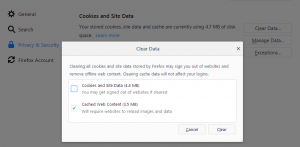
Step 1: Open ‘Mozilla Firefox’ browser and click on ‘Three-lines’ icon at top-right corner and select ‘Settings’
Step 2: In ‘Settings’ tab, click on ‘Privacy & Security’, scroll down to ‘Cookies and other site’ data and click on ‘Manage Data’ button
Step 3: In ‘Manage cookies and site data’ window, select the website that was casing this error, and click ‘Remove selected’. Or you can click on ‘Remove All’ button to remove all cookies and cache from all websites
Clear cookies from Internet Explorer:
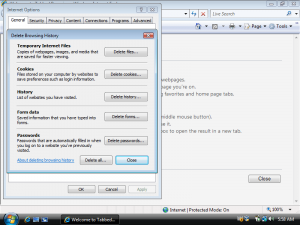
Step 1: Open ‘Internet Explorer’ browser and go to ‘Settings > Internet Options’
Step 2: In ‘General’ tab, go to ‘Browsing History’ part and click on ‘Settings > View Files’
Step 3: Now, search the folder you just opened in ‘File Explorer’ for site and delete the cookies.
Step 4: Once done, restart your browser and check if the error is resolved.
Conclusion
I am sure this post helped you on How to fix Request Header or Cookie too large error in Chrome/Firefox/IE/Edge browser in Windows 10 with several easy ways. You can read & follow our instructions to do so. That’s all. For any suggestions or queries, please write on comment box below.
